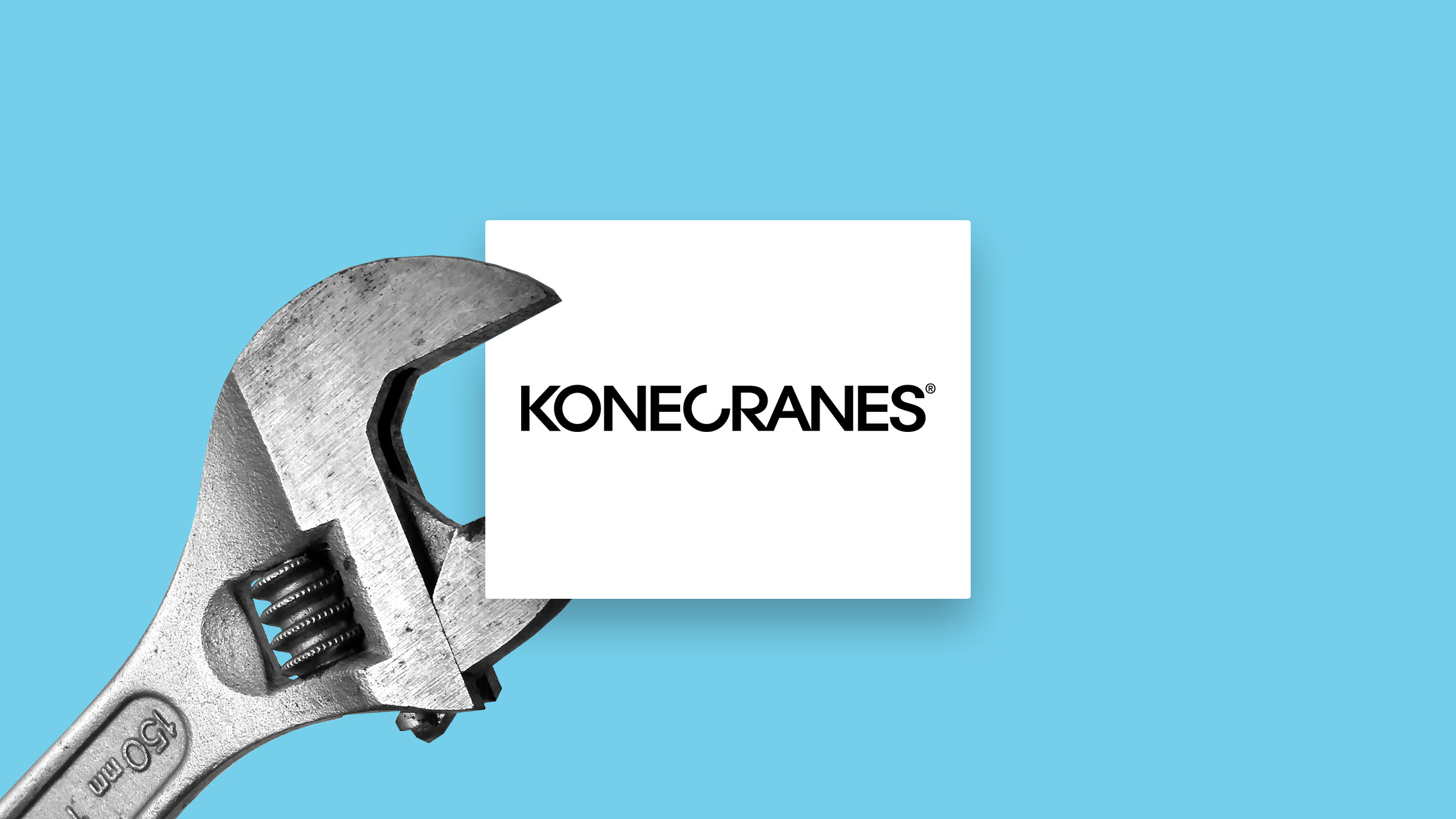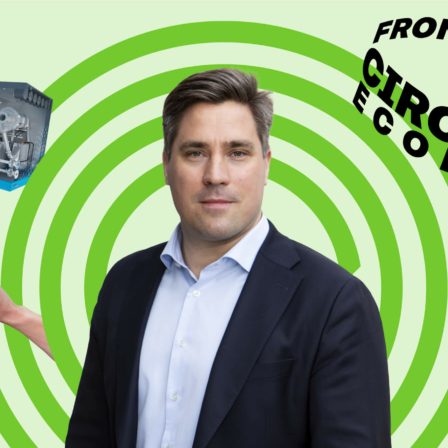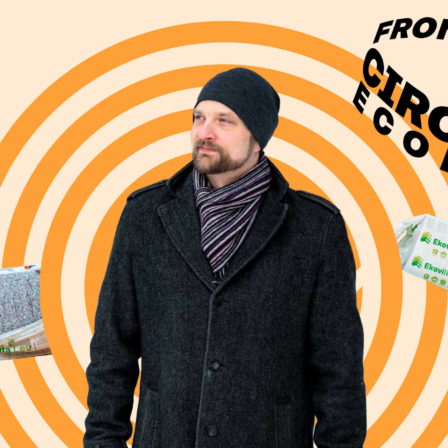Problem
In the industrial sector, equipment or their components are often replaced just in case, even before they are at the end of their life cycle. It is difficult to predict the actual remaining service life of equipment without any data on the condition and use of it. Unnecessary maintenance visits and prematurely replaced spare parts increase the use of natural resources and cause needless costs. It also increases the amount of waste and emissions caused by logistics.
Solution: real-time maintenance extends the service life of industrial equipment
Konecranes’ Lifecycle Care service concept extends the life cycle of industrial equipment and maximises their safety and productivity. The equipment is connected to the internet and remote monitoring produces real-time data on their condition, which helps in the planning of maintenance. The service also allows assessment of whether the customer’s equipment is in need of modernisation. Modernisation, or the comprehensive renovation of equipment, extends the life cycle of equipment, reduces their maintenance costs and boosts, for example, the capacity, speed, efficiency and load control.
Konecranes’ revenue model and benefits
Konecranes’s Lifecycle Care concept includes customer access to data collected on their equipment. In connection with the concept, the company also sells maintenance agreements. As a result of access to the collected data, it is more likely that the customer also selects Konecranes as its partner for equipment maintenance. The service enables the reduction of unnecessary maintenance visits and the emissions caused by maintenance logistics. The biggest Konecranes’ cranes may consist of hundreds of tonnes of steel, and, therefore, modernisation of old equipment can save substantial amounts of steel and reduce carbon dioxide emissions from steel production.
Benefits to customers and end users
Konecranes can offer its customers real-time data on the use of equipment, reduce unnecessary maintenance and repair needs of cranes and their components, and replace equipment and their parts only at the end of their life cycles. All this reduces the costs caused to the customer. The customers get longer-lasting equipment that is maintained in accordance with the actual maintenance needs.

















Recommended
One more?